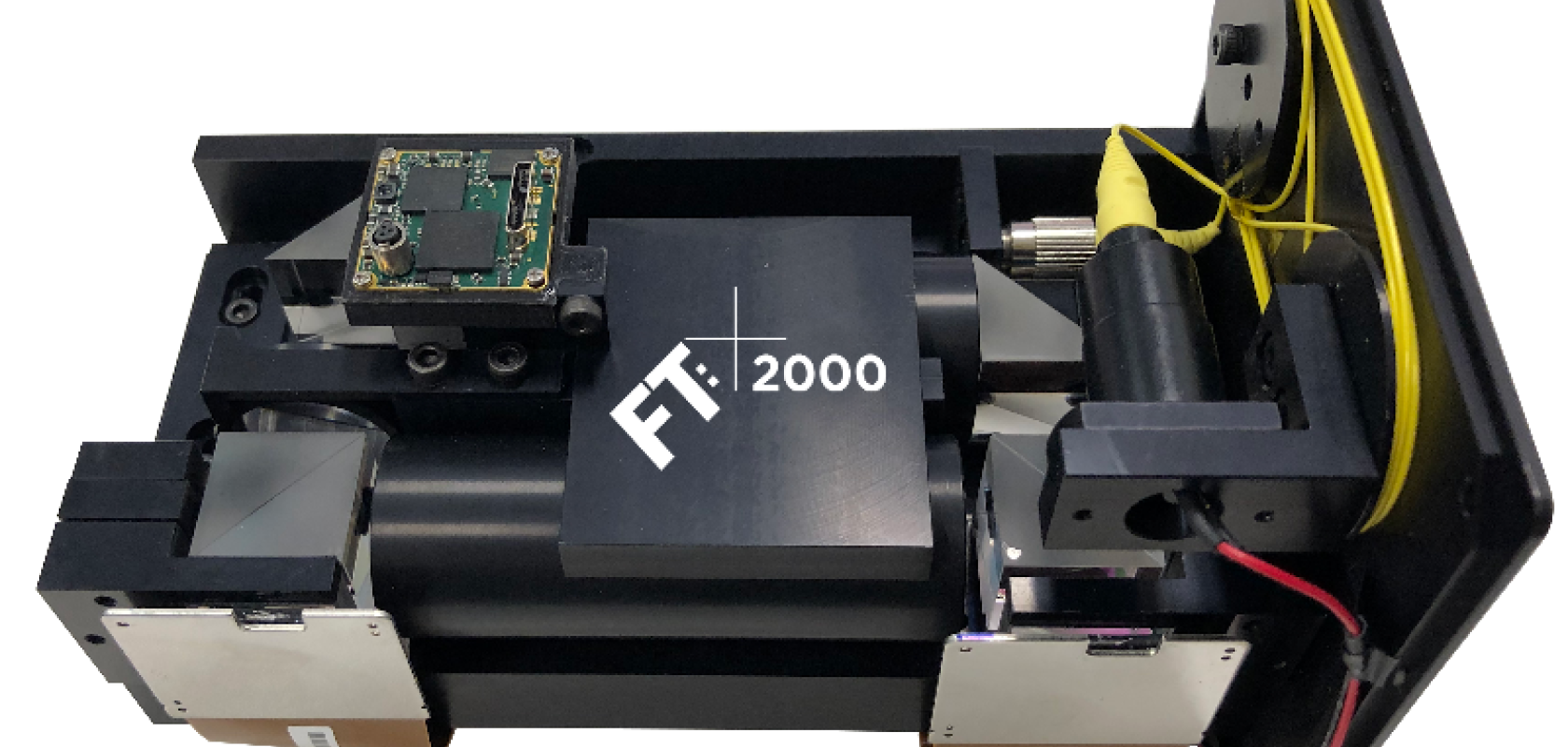Optalysys, a technology company developing light-speed optical AI systems has announced the world’s first optical co-processor system, the FT:X 2000, is now available to order.
Optical processing comes at a pivotal time of change in computing. Demand for AI is exploding just as silicon-based processing is facing the fundamental problem of Moore’s Law breaking down. Optalysys is addressing this problem with its revolutionary optical processing technology - enabling new levels of AI performance for high-resolution image and video-based applications.
CEO and Founder, Dr Nick New, said: ‘It is a really exciting time in optical computing. As we approach the commercial launch of our main optical co-processor systems, we are seeing a surge in interest in optical methods, which are needed to provide the next level of processing capability across multiple industry sectors. We are on the verge of an optical computing revolution and it’s fantastic to be leading the way.’
The technology is being developed to accelerate some of the most demanding processor-intensive tasks at a fraction of the energy consumption of silicon processors. It can be programmed through the API or Tensorflow interface to perform optical correlation and convolution functions to unlock new levels of AI and pattern recognition capability. The FT:X2000 is an entry-level system that operates at up to 2400 frames per second with a 2048x1536 resolution.
Last week Boston-based start-up Lightmatter announced a $22 million investment round led by Google Ventures into the development of their photonic chip-based Optical AI technology, following the announcement last year of a $10 million fundraise by competing company Lightelligence, led by Chinese giant Baidu. Both companies are focussed towards optical AI methods which calculate the matrix multiply operations that form the basis of today’s deep learning neural networks, using light, rather than electricity.
The Optalysys technology also uses photons in place of electrons, but crucially performs high-resolution calculations that enable large image/pattern-based data to be processed at speeds far faster than in silicon. By exploiting the properties of diffractive optics, the Optalysys technology can offer something unique in the AI space - a scalable processor that can perform end-to-end, full-resolution processing of multi-megapixel image and video data, or contextually pre-process data for boosting the performance of existing Convolutional Neural Network (CNN)-type models for high-resolution data applications.


